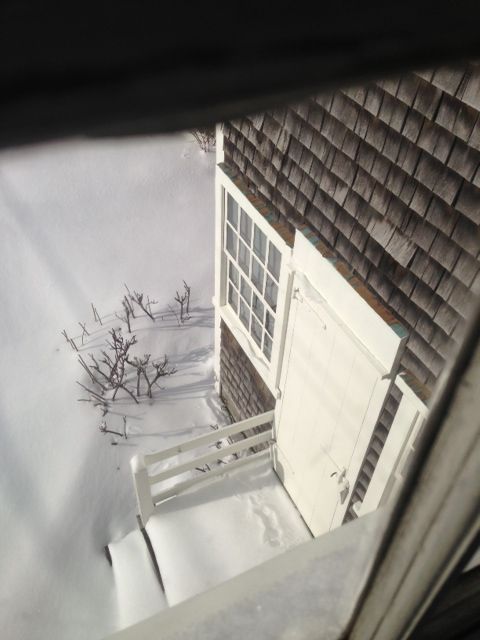Recipe As Memory and History
I may have written about this before but it came across my mind the other day while in the kitchen – as it always does.
When I work in the kitchen, cooking or baking a family recipe, all sort of memories and thoughts of family history come back into my mind. Some are stories passed down; others are memories that I hold in the recesses of my mind that get stirred up (ha!) while cooking. I often feel like Mama Minnie is leaning over my shoulder as I attempt – and likely destroy – her pasta sauce recipe. It was a recipe my Mother wrote down as Mama Minnie made a batch of her sauce. My Mother figured if she was in the kitchen, writing it down, she would get her grandmother-in-law’s recipe exact. Unfortunately, try as she did, my Mother never felt it was the same and handed it to me. I don’t remember tasting my great grandmother’s pasta sauce but now I riff on it and she may not like what I do. Because when I followed the recipe, it did not taste right. How would I know “right?” Maybe it’s the genes not the taste buds.
I often feel Mama Minnie and her daughter-in-law, my grandmother, leaning over my shoulder with their kitchen aprons on commenting on my eggplant parmesan (one of my favorite things). And then, I think about running around barefoot in my Mother’s vegetable garden at maybe the age of 2 or so (yeah I have a serious memory so don’t ever tell me you didn’t say something when you did) picking things for her. I remember distinctly being plopped in over the fence after a play in my wading pool and told to pick X, Y, and Z and I know there were eggplants in there.
Almond Poppy Seed Muffins. I just made those. They were a big favorite of my Dad’s. It’s not a family recipe though. In his office, they had a lot of foodies – and a lot of Italians I might add. Once they moved their offices out of the city, and were in a more relaxed setting, they had “Big Breakfasts” every Friday, no doubt HIGHLY encouraged and supported by my Dad. It helped that they had a small efficiency kitchen installed so they could cook and bring things in. I looked forward to helping out in my Dad’s office so I could be with him (and also those Big Breakfasts) – though not the library filing of thousands of pages of tax updates printed on TISSUE paper. A woman who worked for him was a great cook and she and my Dad had come across these muffins and wanted to replicate them. I think it took MANY batches before she came up with what they both thought was the right amount of almond – my Dad was an almond freak as I am too. They obviously enjoyed tasting all the test runs but the final recipe is excellent and even better, easy. Each time I make it, I think about my Dad’s office, going to work with him, and those fun Big Breakfasts that turned a CPA office into an incredible bakery and restaurant every Friday!
JNLF
P.S. If you are wondering why she was called Mama Minnie – my Dad was the first grandchild and so was the one who named the grandparents. She was tiny, especially in comparison to her husband, who called her Minn or Minnie. Thus, she became Mama Minnie and her husband (my great grandfather) became Big Daddy.
Recent Posts




